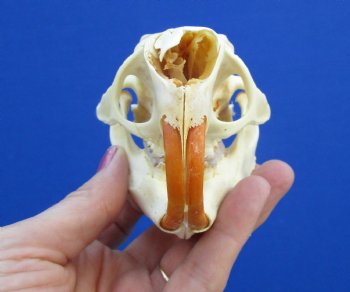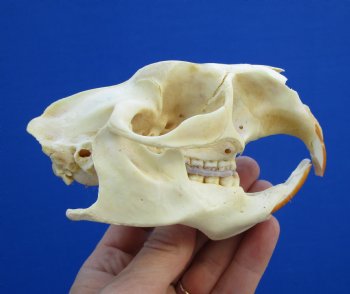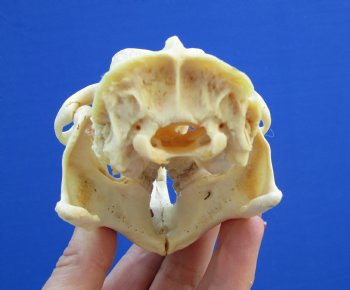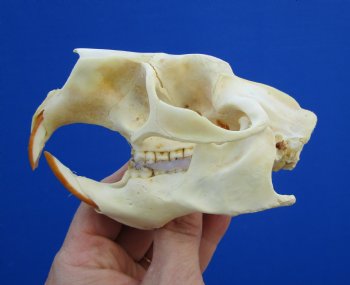
4-1/2" Real American Porcupine Skull (tip of nose damaged) for $49.99

4-1/2" Real American Porcupine Skull (tip of nose damaged) for $49.99

4-1/2" Real American Porcupine Skull (tip of nose damaged) for $49.99

4-1/2" Real American Porcupine Skull (tip of nose damaged) for $49.99

4-1/2" Real American Porcupine Skull (tip of nose damaged) for $49.99

4-1/2" Real American Porcupine Skull (tip of nose damaged) for $49.99